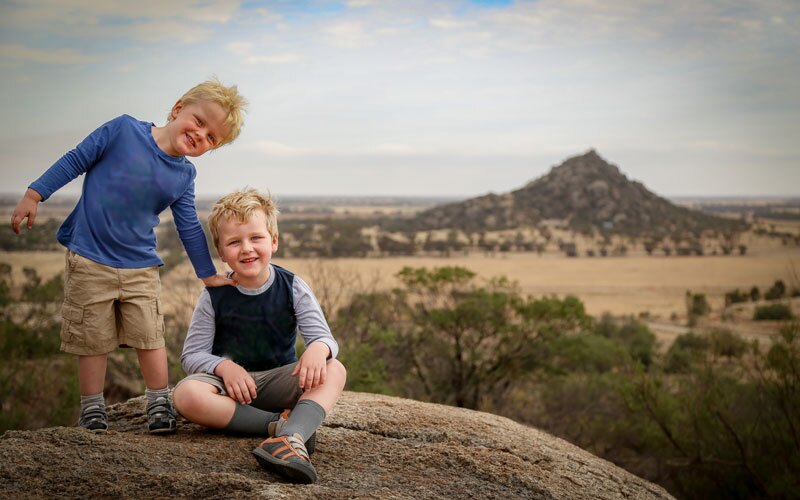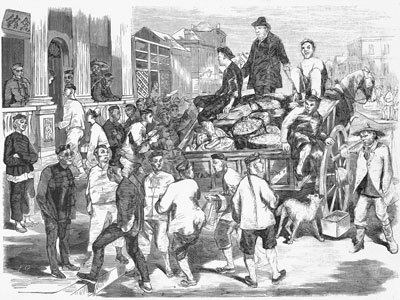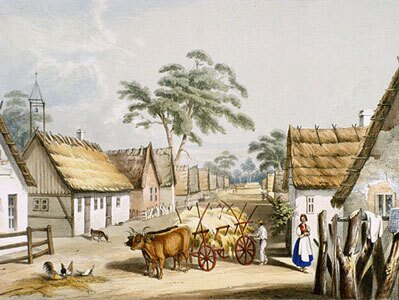Do you want to know your Australian ancestors better? Learn about their names! Names in Australia give a glimpse into the lives of the diverse peoples who have called Australia home.
Cultural Influences
Australia is home to the oldest known continuous culture, that of the Aboriginal Australians and Torres Strait Islanders. These first Australians are believed to have lived in relative isolation until British colonization began in 1788. This period of colonization brought settlers principally from England, Ireland, and Scotland.

In the 1800s, many immigrants came from Germany and China. After World War II, additional immigrants came from countries across Europe, including Italy, Poland, the Netherlands, and Greece.
Popular and common names in Australia today often reflect the mix of histories and cultures present in the country. Let's take a look at some of those names!
Aboriginal Names
Aboriginal names are receiving increased appreciation and use in Australia as the contributions of Australian First Peoples are recognized. Below is a sampling of indigenous names and their meanings.
| Girl Names | Boy Names |
| Alinta (flame) | Jiemba (laughing star) |
| Bindi (little girl or butterfly) | Dural (burning log) |
| Jedda (little wild goose) | Tau (twilight or dusk) |
| Talia (near waters) | Jarli (barn owl) |
| Allira (clear crystal quartz) | Daku (sand hill) |
| Tarni (surf sound) | Bouddi (heart) |
| Myaree (foilage) | Djalu (lightening) |
| Inala (place of peace) | Jabiru (stork) |
| Jannali (moon) | Omeo (mountains or hills) |
| Zahlee (princess) | Jarrah (eucaplytus tree) |
Surnames
Using surnames is a relatively recent practice for Aboriginal cultures. Prior to British colonization, Aboriginal Australians did not use surnames as we think of them, although in addition to a given name, a person might be also identified by a place-name or occupation.
Other Names
In Aboriginal culture, a person may have been known by multiple names. For example, people might have a traditional given name, a nickname, a skin name, and even a European name.
Aboriginal cultures did not use a system of writing until after British colonization. However, Aboriginal cultures typically have strong oral traditions that can give insight into Aboriginal names.

British and European Names
British and European influences are seen in the most common names used in Australia today. The table below shows the top names being chosen for babies in Australia as of 2023 (according to McCrindle research) and the most common surnames in Australia as of 2019 (according to Australia's White Pages directory).
| Girl Names | Boy Names | Surnames |
| Charlotte | Oliver | Smith |
| Amelia | Noah | Jones |
| Isla | Leo | Williams |
| Olivia | William | Brown |
| Mia | Henry | Wilson |
| Ava | Jack | Taylor |
| Matilda | Theodore | Johnson |
| Ella | Hudson | Lee |
| Grace | Charlie | Martin |
| Willow | Luca | White |
For an interesting look at changes in naming patterns over the years, see Most Popular Baby Names in Australia Since 1950.
Chinese and German Names
Many Germans who came to Australia changed their names for various reasons, perhaps to blend in with the new culture or distance themselves from their past. Examples of name changes include Gaertner becoming Gardener and Muller becoming Miller.
Some Chinese Australians have discovered that their immigrant ancestors had their names anglicized by officials upon arriving in Australia. For example, Ken Leanfore, a fourth-generation Chinese-Australian, discovered that his immigrant ancestor Chan Luen Foh had his name changed to Charlie Lean-Fore by officials in Sydney. Another Australian of Chinese descent, Cheryl Cumines, discovered that her surname came about when her great-grandfather Lo King Nam was naturalized to Young Cumines.
If your ancestor’s name in Australia doesn’t match the original heritage, see if there was a name change along the way!


Nicknames
Aussies are fond of nicknames for friends and family—so fond, in fact, that their nicknames tend to be more creative than those found in other English-speaking countries. Rather than your basic diminutive nickname (like Susie for Susan) or shortened name (like Rob for Robert), you’ll find nicknames like Chezza for Cheryl, Ecker for Eric, or Danno for Daniel. Nicknames are used to convey friendship and inclusion.
Learning more about your ancestors’ names can help you connect with them and appreciate your heritage.
Your Journey of Discovery
Do you want to learn more about Australia and Australian research? Take a look at these resources:
- Australia Genealogy (FamilySearch Wiki)
- Australia Genealogy Research (FamilySearch Community)
- Beginning Australian Research (FamilySearch Learning Center)
- Australia Historical Records (FamilySearch Historical Records)
- RootsTech Videos
Discover More about Your Australian Heritage
At FamilySearch, we care about connecting you with your family, and we provide fun discovery experiences and family history services for free. Why? Because we cherish families and believe that connecting generations can improve our lives now and forever. We are a nonprofit organization sponsored by The Church of Jesus Christ of Latter-day Saints. To learn more about our beliefs, click here.






